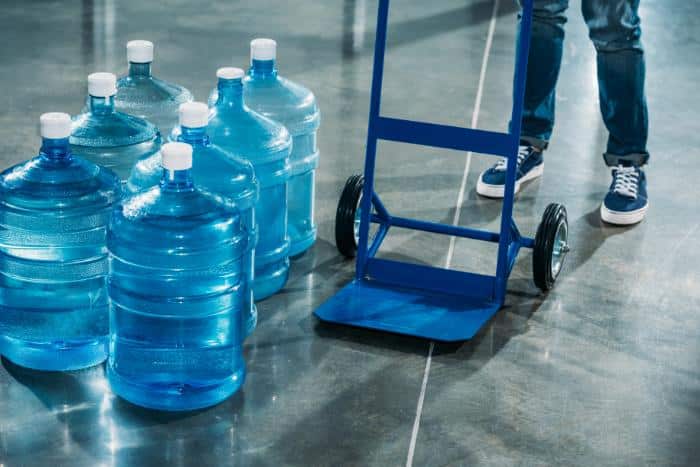In what Locations Are Water Softeners Installed?
Water softeners can be installed in a number of locations, depending on your home and its plumbing system. If you’re installing a whole-house water softener, it’s best to install the device near your home’s main water supply and where it feeds into your water heater. This will extend the life of your water heater and protect your water softener from being damaged by hot water.
(Looking for “water dispenser filtration“? Contact us Today!)

How to Connect a Water Softener?
When installing a water softener, you’ll need to connect its water supply lines to both sides of your home’s main water line using the appropriate fittings and adapters. This may require rigid copper or PVC pipe, or flexible supply lines similar to those used on washing machines and hot water heaters. The type of supply line you use will depend on your local building codes, the type of pipe your home’s main water line uses and your personal preference.
How to Connect a Water softener?
Most homes that we serve have some type of plumbing feature, like a water softener loop, that directs the location for connecting the softener to the main water supply. If you don’t have one of these, you can still find a convenient place for your water softener.
The Best Place to Install a Water Softener
Most homeowners will install their water softener in the basement, but it’s not necessary for every home to have a basement. A utility closet or mudroom are other good places to install your water softener, and you can also set it up in the garage or other out-of-the-way places in your home.
Ideally, your water softener should be situated on level ground near the water’s point of entry into your home. This means it should be close to the pressure tank if your home uses well water or the water meter if you use city water. It should be located near a drain and power supply, as well, and there should be enough room to accommodate the size of the equipment.
The location should be dry and level so the softener’s media tank won’t become too heavy to move. It should also be low to the ground, so water doesn’t get sucked up into the media tank by the rain.
What to Consider When Choosing Your Softener?
There are many different types of water softeners, but they all work the same way. All of them rely on the same basic concept: plastic or resin beads in the mineral tank exchange calcium and magnesium ions with hardness minerals in untreated water to soften them.
These beads are replenished with salt in a brine tank that is located nearby. The salt is used to wash away the hardness minerals and restore the resin beads.
This style of water softener is the most common and reliable, but it can cost $500 to $2,000 for the unit and installation, plus regular salt refills, which are ongoing maintenance expenses.
You can save money and time by installing a water softener in your home or business. It will not only improve your skin and hair, but it will prolong the life of your plumbing and appliances by removing harmful hardness minerals from the water. You can even find water softeners that are designed to reduce a variety of health risks, such as bacteria and parasites in your drinking water.

